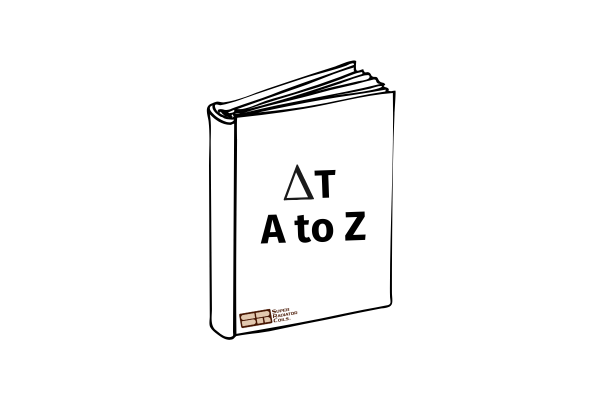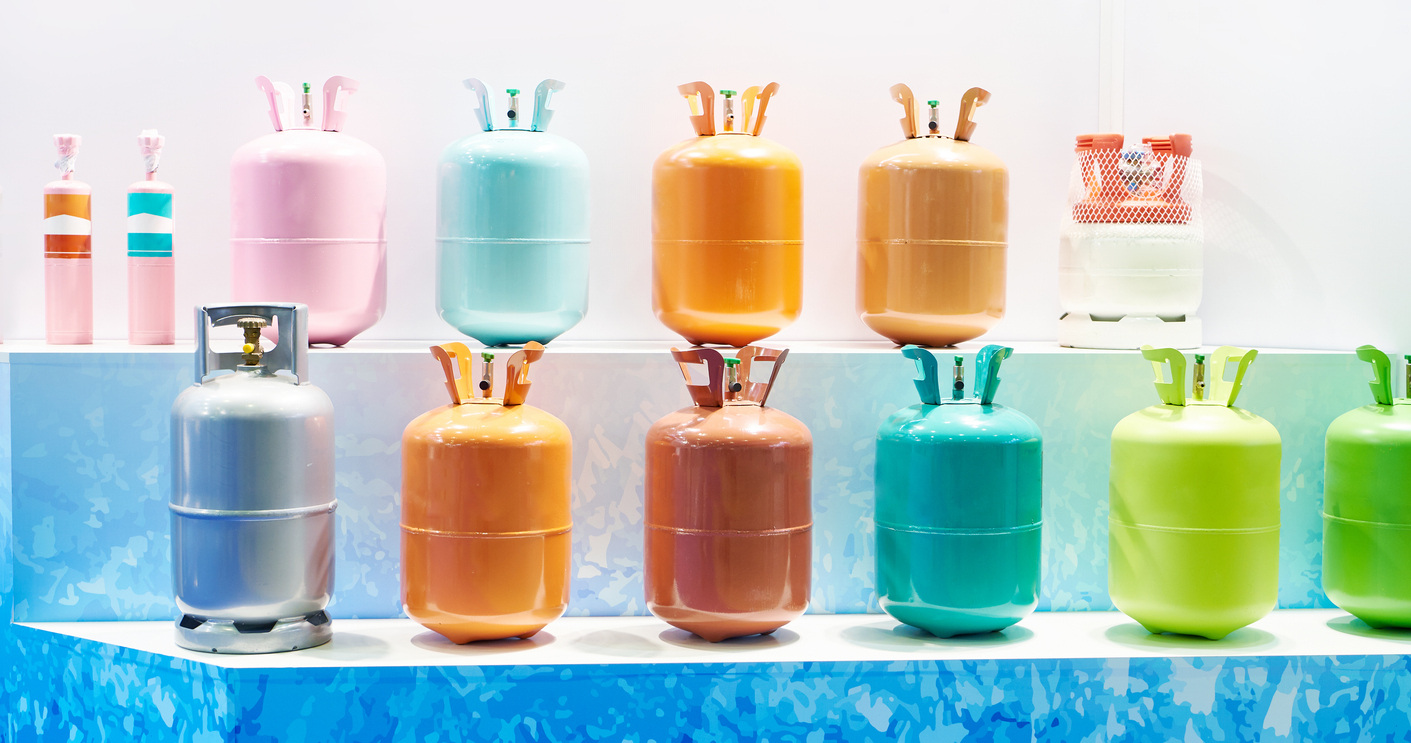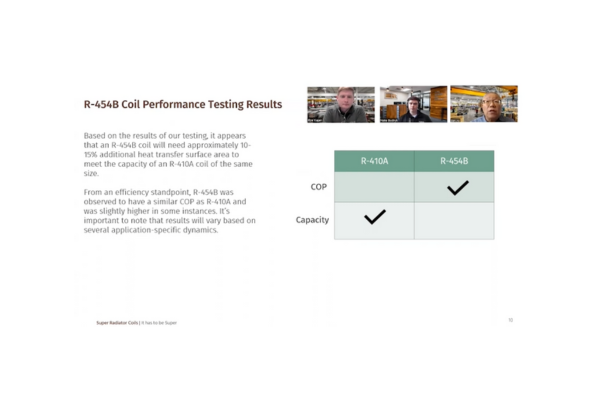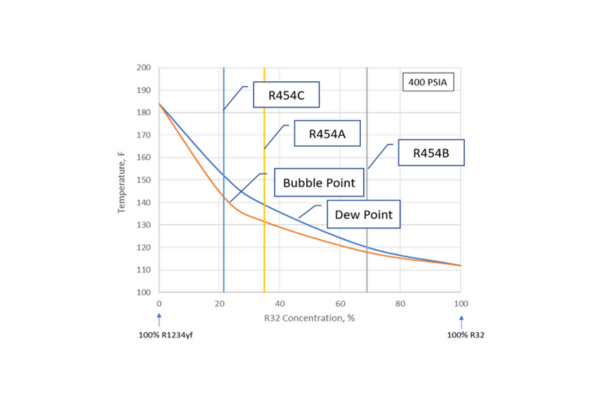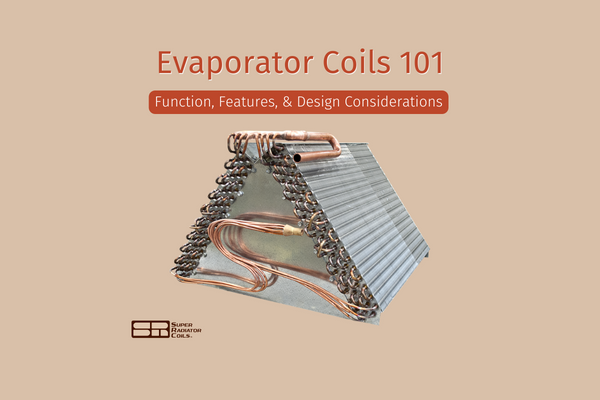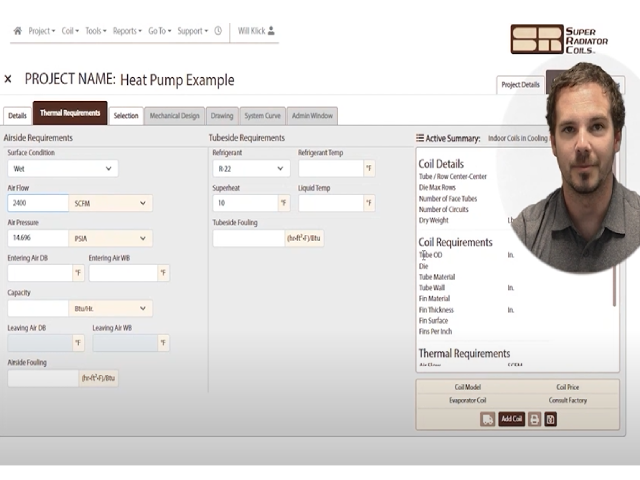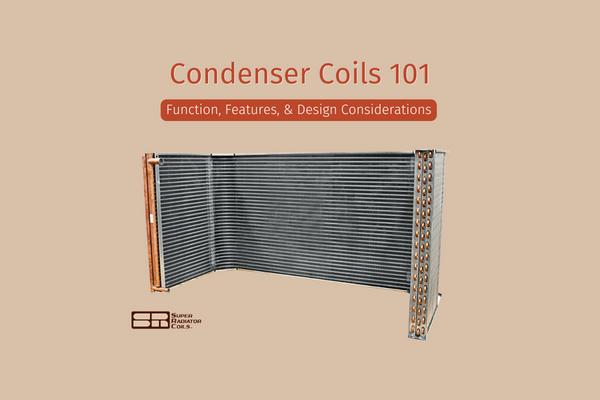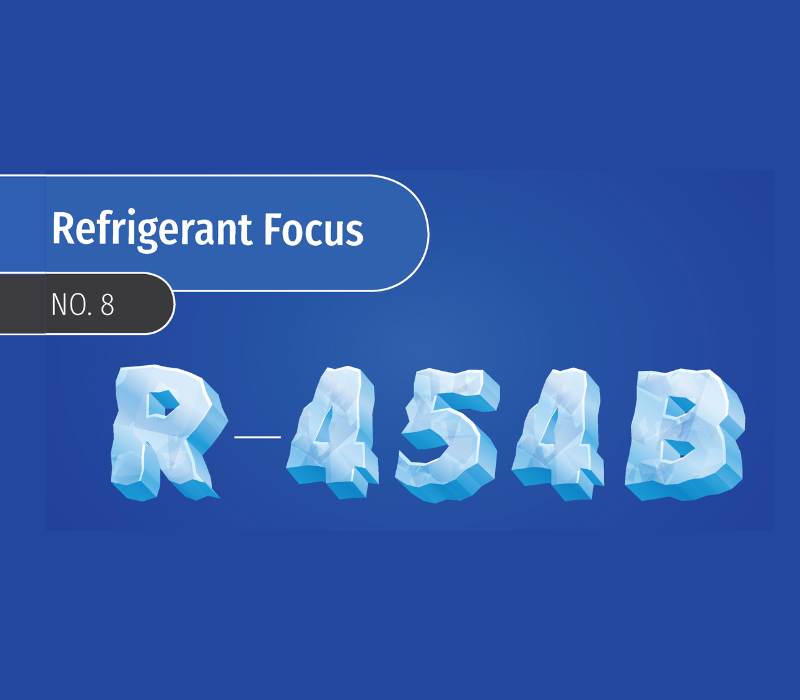Well, it’s the start of a new year and that can only mean one thing – it’s AHR Expo season! This February’s show in Orlando will mark the 42nd year that Super Radiator Coils has exhibited at the expo (come visit us at booth #3361!), and we’re looking forward to bringing new people, products, and ideas to Orlando.
We asked a few SRC team members who will be attending the show some things they’re looking to accomplish during their time in Orlando, some topics they expect to be prevalent, and their thoughts on the event in general.




